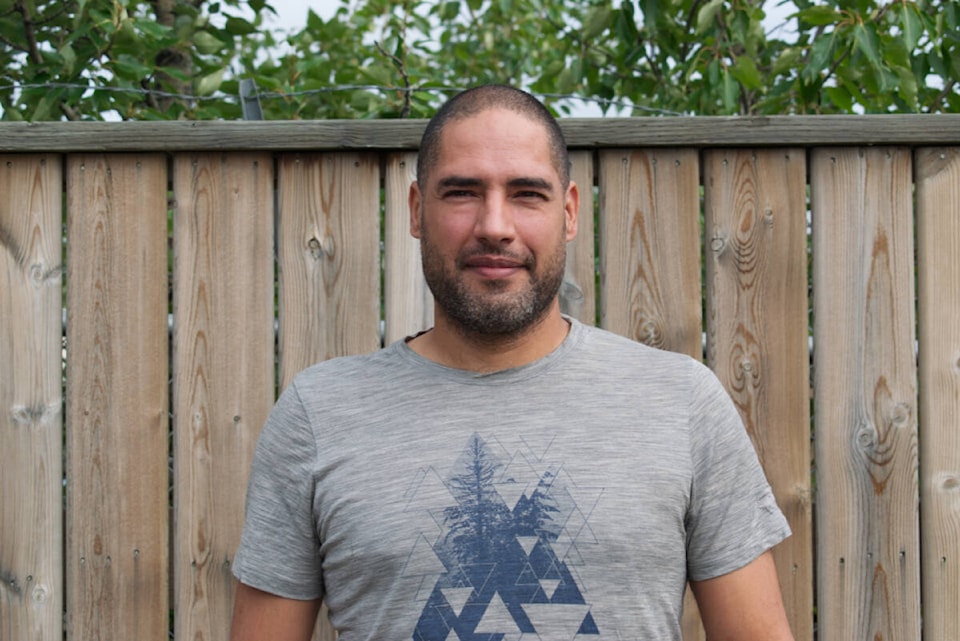Yukon Public Health recorded that COVID-19 was a factor in seven deaths in the Yukon in 2023.
This number is up from 2022, when only one COVID-19-related death was recorded in the territory. So far, in 2024, one death has been linked to the disease.
The Yukon government’s Department of Health and Social Services curated and released this information in a simple spreadsheet as part of a freedom of information request filed by a concerned citizen, Justin Lemphers, who suffers from persistent long COVID.
In his request, Lemphers asked the department to release the number of people who tested positive for COVID and the number of people who had the disease linked to their death.
The data released by the Department of Health and Social Services does not include details on the role COVID played in the recorded deaths.
The monthly breakdown of confirmed COVID cases reported to Yukon Public Health in 2023 shows that the number of people with the disease was at its highest in the territory from January to March. The month with the highest number of confirmed COVID cases was February 2023, when 55 people were confirmed to have the disease.
In January and February of this year, 24 COVID cases and 22 cases, respectively, were recorded.
Speaking about why he requested the information, Lemphers said that, since November 2022, the Yukon government has discontinued its COVID dashboard, which had up-to-date information on COVID cases and COVID-related deaths in the territory.
He further notes that the government’s ongoing biweekly respiratory surveillance reports are less helpful than the now-defunct dashboard.
“(The respiratory surveillance reports) do unhelpful things like report death on a count per 100,000, which is not at all helpful or meaningful for the Yukon because we don’t have a population of 100,000. So, it’s an unnecessary level of complicated math to determine what the current infection and mortality rates are, rather than just providing numbers,” Lemphers told the News.
He added that the respiratory surveillance reports are supposed to inform both health-care professionals and the public, but the information is so “obscured” and “clunky and awkward” that it is not useful to the average person.
Another reason Lemphers requested the data is that he’s concerned that we’re still in a pandemic and that “we’re not going to find what we’re not testing for.”
“There’s also the fact that the virus has evolved, our vaccines have evolved, but have the tests actually evolved? So, how accurate are the tests? Do we even know what COVID prevalence is these days? Can we say with surety that we shouldn’t be increasing or decreasing public health measures as a result?” Lemphers said.
Now that he has simplified COVID infection and death numbers, Lemphers said he may make a formal statement about the data on social media.
The Yukon government’s most recent biweekly respiratory surveillance report, at the time of writing, found that “respiratory virus activity has remained stable in recent weeks in the Yukon.” Regarding COVID-19 specifically, the report noted that both case rates and case severity are decreasing in the territory.
Contact Matthew Bossons at matthew.bossons@yukon-news.com
